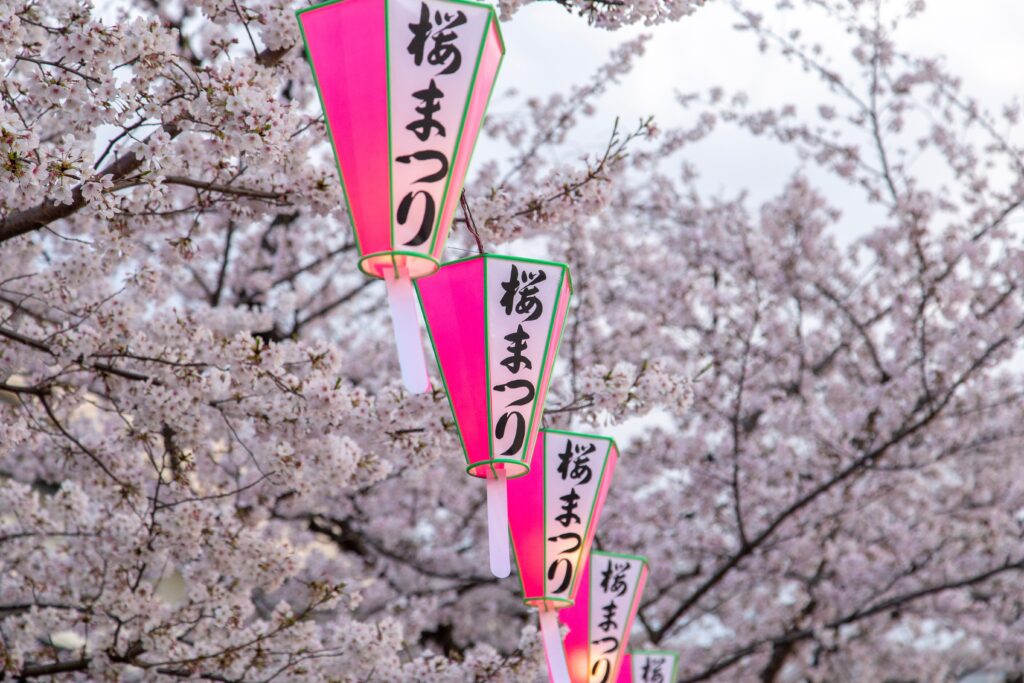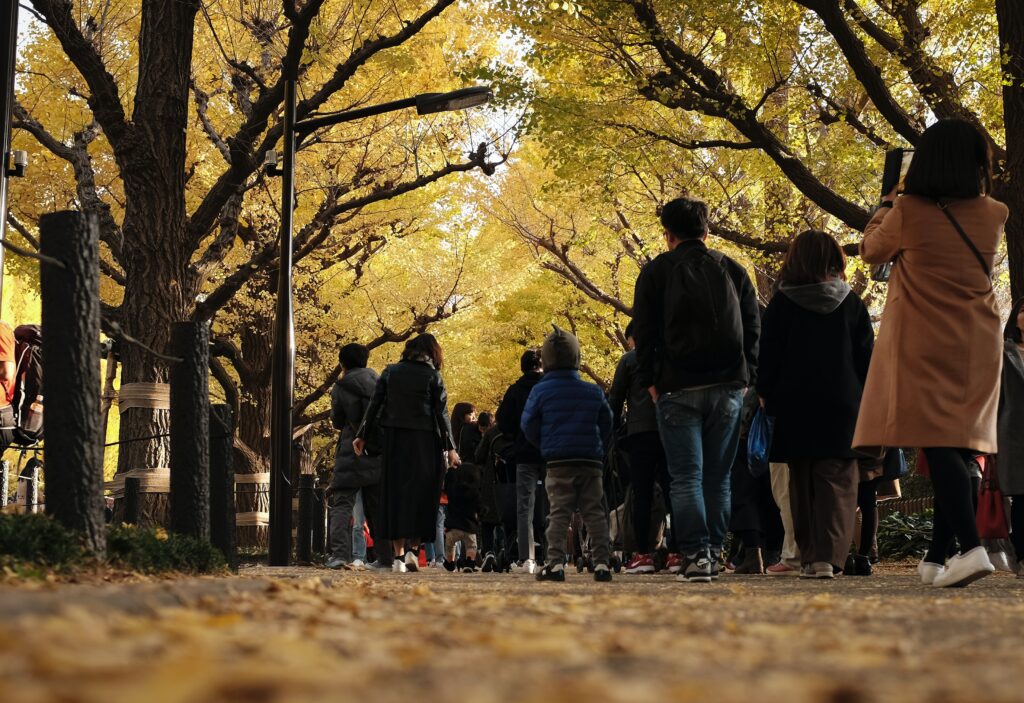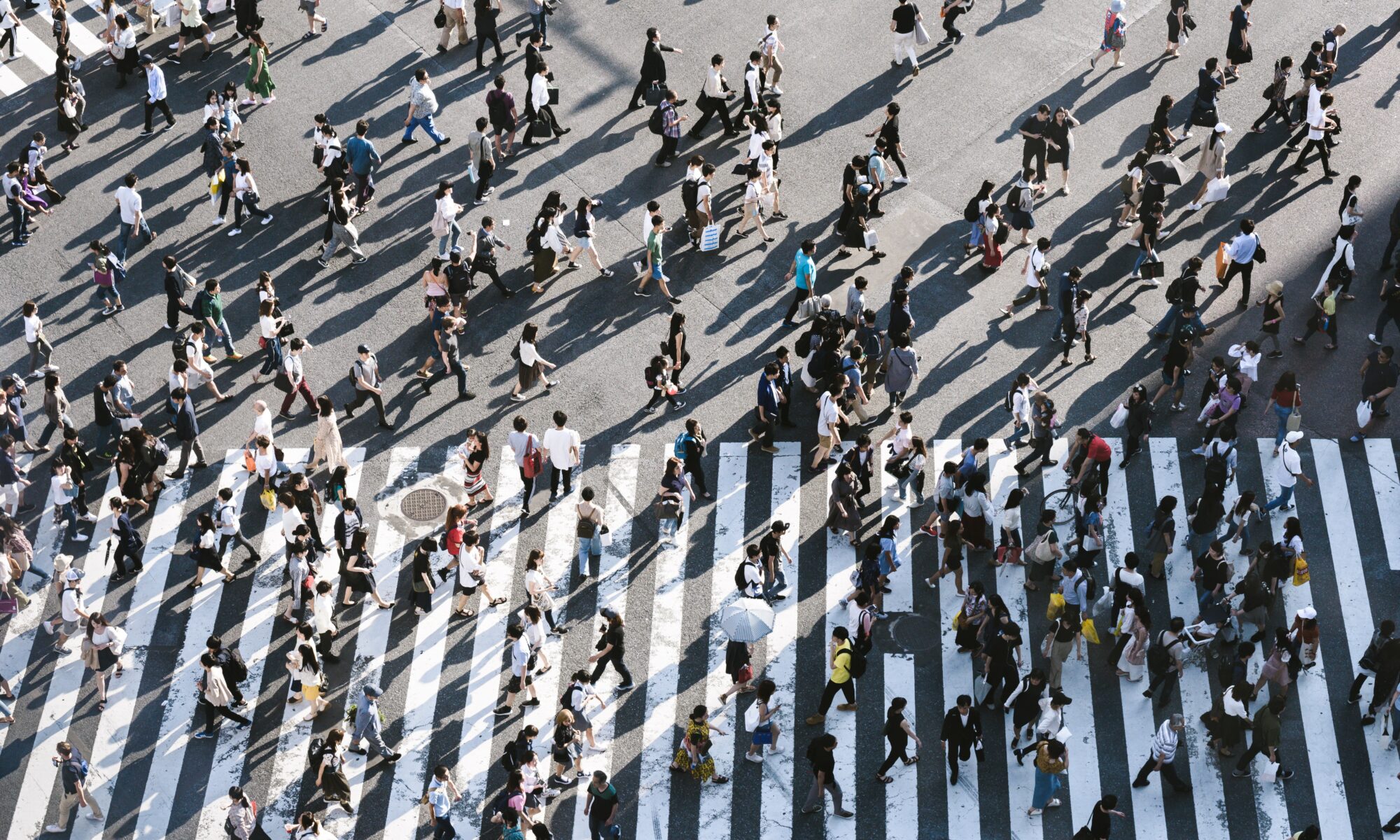Changes of a Seasonal Country
The New Yorker’s Matt Alt writes a thoughtful piece on the changes Japan is experiencing not only with their weather, but also their seasonal culture. From the effects on its aged society, to the early blooming of cherry blossoms.
The article below has been adapted and edited for length from the story “The Shock of Japan’s Extreme Heat” by Matt Alt, published on August 28th, 2023.
Climate change may threaten Japan’s love affair with the summer season. Early in August, the Japan Meteorological Agency announced that the month of July had been the hottest on record, since 1898, when modern observation methods were introduced. The nation’s average of 25.96 degrees Celsius broke a record set forty-five years earlier. In downtown Tokyo, temperatures soared nine degrees Celsius (sixteen degrees Fahrenheit) above the seasonal average.
Other effects of the relentless increase in average temperatures are less visible. Japan’s beloved cherry blossoms are blooming, on average, one day earlier every decade, while the fall colors are arriving up to three days later. Beneath the waters of Tokyo Bay, tropical fish and corals of the sort formerly only seen in South Pacific waters have begun displacing typical sea life, such as seaweeds, abalone, and sardines, raising the spectre of shortages of locally caught foods. Rising temperatures are feared to cause decreased harvests of rice and shiitake mushrooms, both key ingredients of Japanese cuisine.

For generations of Japanese people, climate has been more than simply weather; it represents a culture, even a sort of identity.
Japan suffers little in the way of the culture wars that dominate America’s sociopolitical discourse; in surveys, a large majority of citizens have said that they want their nation to take an active role in combatting climate change. Japan, where the pioneering Kyoto Protocol to limit global greenhouse-gas emissions was signed in 1997, was indeed once at the forefront of global environmental action. Leaders refuse to state a date by which they plan to stop relying on fossil fuels, while large-scale renewable-energy projects remain in bureaucratic limbo. And there has been little in the way of public pushback.
But that may be starting to change, at least on a local level. In February, the Tokyo Metropolitan Government approved a real-estate developer’s plans to remake Meiji Jingu Gaien, one of the city’s few oases of greenery. It contains the Meiji Jingu Stadium, one of the last still standing where Babe Ruth played, and the Chichibunomiya Rugby Stadium, which will both be razed and rebuilt. The baseball stadium will be incorporated into a high-rise hotel complex, alongside a new office tower and a series of other mixed-use buildings. The remaking of such a beloved sports facility would have been controversial enough on its own. But the project will also require cutting down about a thousand trees, many of them more than a century old—a precious commodity anywhere but particularly in a cityscape as dense as Tokyo. The plan’s opponents see it as akin to “building skyscrapers in the middle of Central Park.” Proponents decry the protests as nimbyism. The Tokyo governor, Yuriko Koike, dismissed the criticism as “propaganda.” Koike has vowed to forge on even as the opposition continues to mount. A number of high-profile citizens have lent their voices to the protests, including the novelist Haruki Murakami and the late musician Ryuichi Sakamoto.

Virtually every conversation [in Japan], whether a written correspondence or a casual chat, [opens] with a remark about the weather, and locals described seasonal changes in great detail, whether some favorite seasonal dish, the coming of the monsoon, the arrival of the cherry blossoms. Seasonal idioms abound, such as Haru-ichiban, the first blustery breeze of spring, and Fuyu-shōgun, “general winter,” an anthropomorphization of deep winter cold. But I have lost count of the number of times that my wife, who is Japanese, or her friends, have lamented how unpredictable the weather has grown since their childhoods. And this isn’t simply idle, rose-tinted reminiscence. Studies show that Tokyo’s summers really are growing in length, with hot weather lasting some fifty days longer in recent years as compared with the twentieth century.
For generations of Japanese people, climate has been more than simply weather; it represents a culture, even a sort of identity. Climate change is beginning to throw these cherished traditions into disarray. Many seasonal kigo, those building blocks of haiku, are losing their meaning as the climate continues to shift. Take koharubiyori, a kigo used to describe what was once a rare summery day in the midst of autumn. “Nowadays, more days are warm at that time of year,” the poet Etsuya Hirose told Nikkei. “So you can’t really empathize with that kigo, that season and emotion.”
Matt Alt is the author of “Pure Invention: How Japan Made the Modern World.”
You may read the original, unabridged article in the New Yorker here.
You may follow The New Yorker on X @NewYorker and Instagram @newyorkermag.
